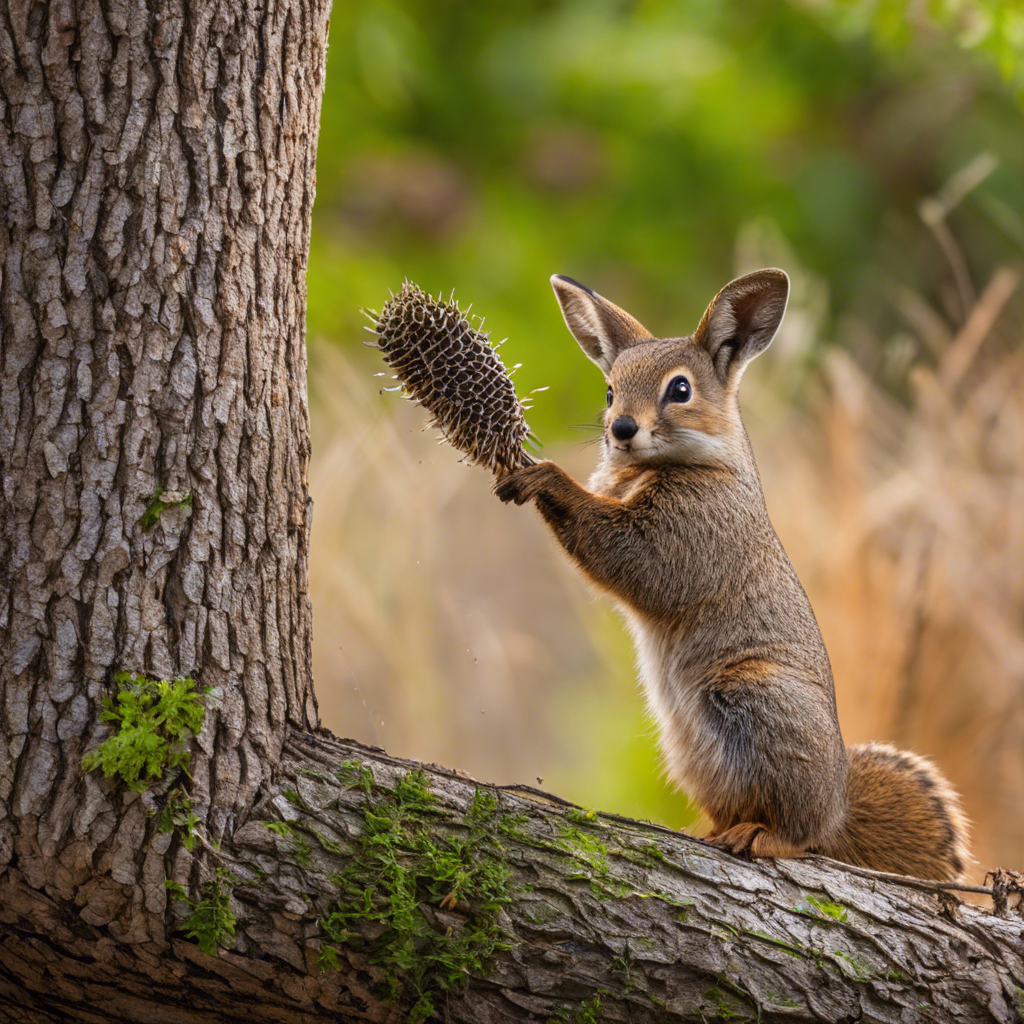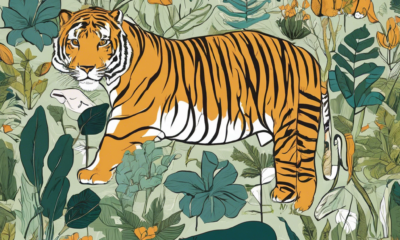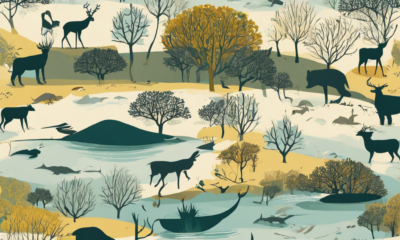Wildlife
Encouraging Wildlife in Your Backyard Safely

Creating a backyard oasis that attracts wildlife can be an enriching experience, offering a glimpse into the natural world right outside your home. Many people find joy in observing birds, butterflies, and other small animals, and it can be a rewarding way to connect with nature. However, it’s essential to approach this endeavor with care and consideration for the safety and well-being of both wildlife and your local ecosystem. Here are some tips to help you create a thriving backyard habitat while keeping it safe and sustainable.
Start by assessing your outdoor space. Consider the size of your yard and the existing vegetation. Different wildlife species have specific habitat requirements, so research the types of animals you’d like to attract and understand their needs. For example, birds may need a variety of feeders and water sources, while butterflies are attracted to certain native flowers. Tailor your backyard environment to cater to these preferences.
When choosing plants, opt for native species. These plants are well-adapted to your local climate and provide familiar food and shelter for native wildlife. Native plants also require less maintenance, as they are already suited to your region’s conditions, reducing the need for excessive watering or pesticides. This approach supports a healthy, sustainable ecosystem.
Provide a water source that is easily accessible and clean. Birds and small mammals need water for drinking and bathing. A bird bath or a small pond can be a beautiful and practical addition to your backyard. Ensure the water is regularly refreshed and kept clean to prevent the spread of diseases among wildlife.
Create a varied landscape with different levels and hiding spots. Thick shrubs, tall grasses, and layered vegetation offer protection and nesting opportunities for birds and small animals. A diverse backyard habitat will attract a wider variety of species, ensuring a thriving and visually appealing environment.
While feeding wildlife can be enjoyable, it’s crucial to do so responsibly. Avoid feeding wildlife directly by hand, as this can lead to dependency and potential harm. Instead, use feeders designed for specific species, such as bird feeders or hummingbird feeders. Regularly clean and maintain these feeders to prevent the spread of diseases.
Lastly, maintain a balanced approach. While encouraging wildlife is a wonderful goal, it’s essential not to disrupt the natural balance of your local ecosystem. Avoid introducing non-native species, as they can outcompete native wildlife for resources and potentially cause harm to the existing ecosystem.
By following these guidelines, you can create a backyard haven that safely welcomes local wildlife. It allows you to observe and appreciate the beauty of nature while contributing to the health and sustainability of your local ecosystem. Enjoy the process of creating this natural sanctuary and the unique connections it fosters with the wildlife around you.
-

 Training12 months ago
Training12 months agoInquiry Regarding Document Review
-

 Adoption1 year ago
Adoption1 year agoHow to Help a Rescue Pet Adjust to Their New Home
-

 Wildlife1 year ago
Wildlife1 year agoProtecting Endangered Species: What You Can Do
-

 Wildlife1 year ago
Wildlife1 year agoThe Role of Sanctuaries in Wildlife Protection
-

 Adoption1 year ago
Adoption1 year agoFinding the Right Rescue Organization for Your Family
-

 Training12 months ago
Training12 months agoApple Smartphones in 2024: Revolutionary Features and Why They Dominate the Market
-

 Wildlife1 year ago
Wildlife1 year agoHow Climate Change Affects Wildlife Ecosystems
-

 Training1 year ago
Training1 year agoHow to Train Your Puppy: A Step-by-Step Guide
















